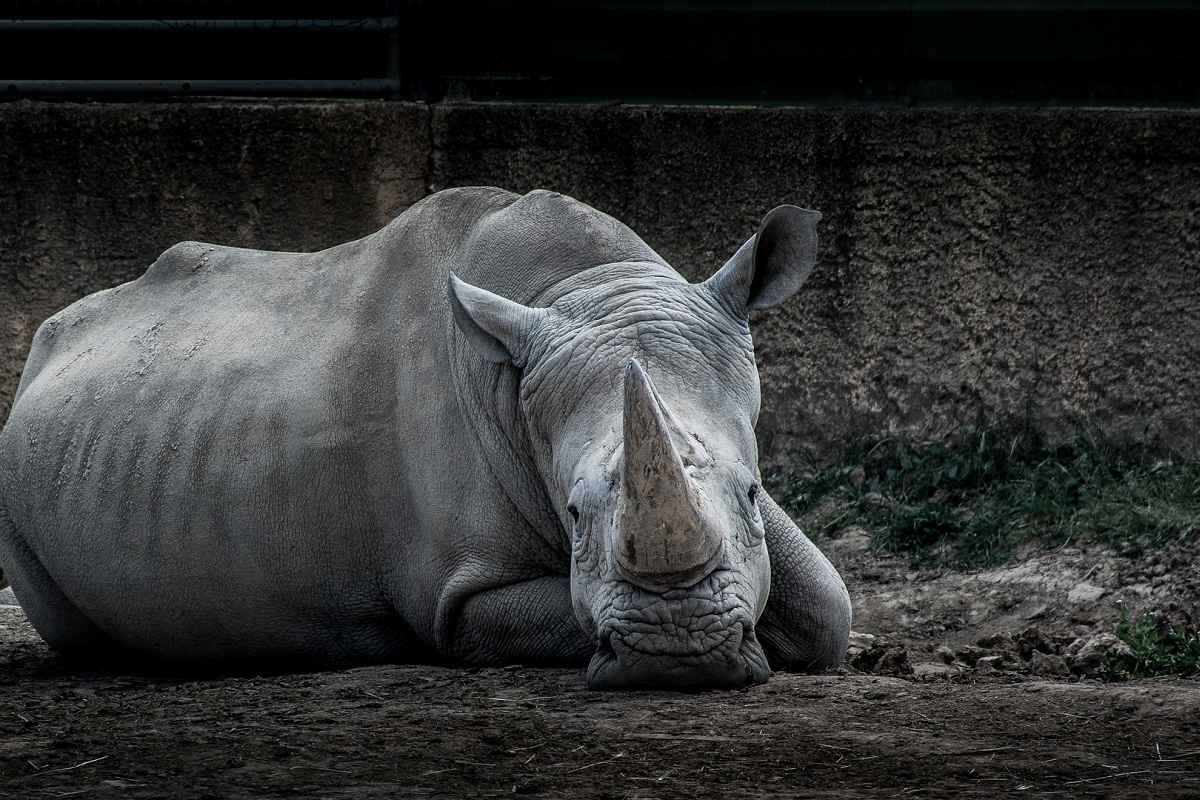Save the African rhino: SPbU

SPbU and University of Pretoria have created a unique base of the DNA profiles of the black and white rhinos, endangered species the poachers continue to hunt for their valuable horns. By using the genetic passport of the mammals, you can find the link between the place of trade in rhino horns and the place where the rhino was killed.
The black and white African rhinos (Diceros bicornis and Ceratotherium simum) are listed as Critically Endangered on the IUCN Red List of Threatened Species, that is compiled together with the Red Book. The poachers continue to hunt them for their valuable horns which usually end up in dubious medicines or as luxury items and jewelry. Black-market trafficking of rhino horn is especially popular in Asia, in particular Vietnam and China. Rhino deaths from poaching have been rising: for the last 10 years, more than 7,000 rhinos have been killed, and in 2011, one of the subspecies of the Black rhino (Diceros bicornis longipes) was declared extinct.
The Dobzhansky Centers for Genomic Bioinformatics at St. Petersburg University and the Laboratory of Genetics, Faculty of Veterinary Medicine, University of Pretoria, South Africa, developed a unique system RhODIS that is a unique database of the DNA profiles of over 20,000 African rhinos. The scientists, to find a link between the place where the rhino was killed and the horn, studied the genetic samples of 3,085 white and 883 black rhinos. They used Short Tandem Repeat (STR) analysis and identified 23 STRs in DNA of the animals. As a result, we can use them as anumal identity testing applications on any tissue: horn, souvenirs, or even powder made from the bones. The article describes 9 case-studies when the data received by using RhODIS was used as evidence in forensic DNA analysis.
During one of the court procedures which used three horns and tissues of two killed rhinos, the accused was sentenced to 29 years.
“Today, the society is rather skeptical towards the genome studies and their practical applications, — said Prof. Stephen O'Brien, head of the Dobzhansky Centers for Genomic Bioinformatics and Laboratory of Genetic Diversity, National Cancer Institute, USA. — The genetic data of rhino we have collected is a good example of how the laboratory research can benefit wildlife legislation”.
The RhODIS, as the scientists say, continues to be replenished, and among its practical applications is not only forensic analysis. It can also help to avoid inbreeding to support reproductive potential. Moreover, we can this database as an example to develop mechanisms to save other endangered species. “Such studies have never been conducted on other endangered species. It makes our research a landmark in conservation policy», — said Prof. Stephen O'Brien.

